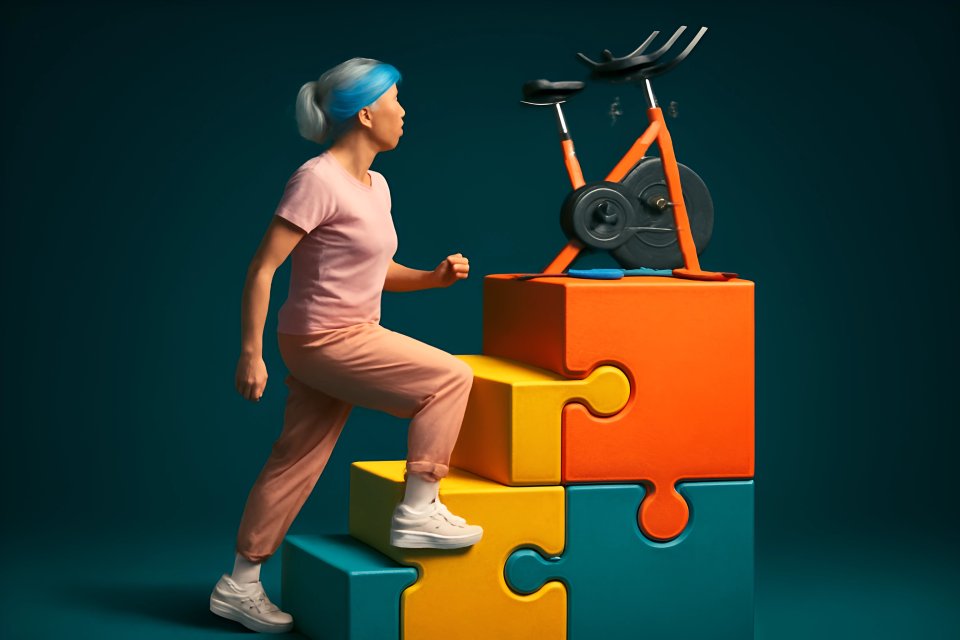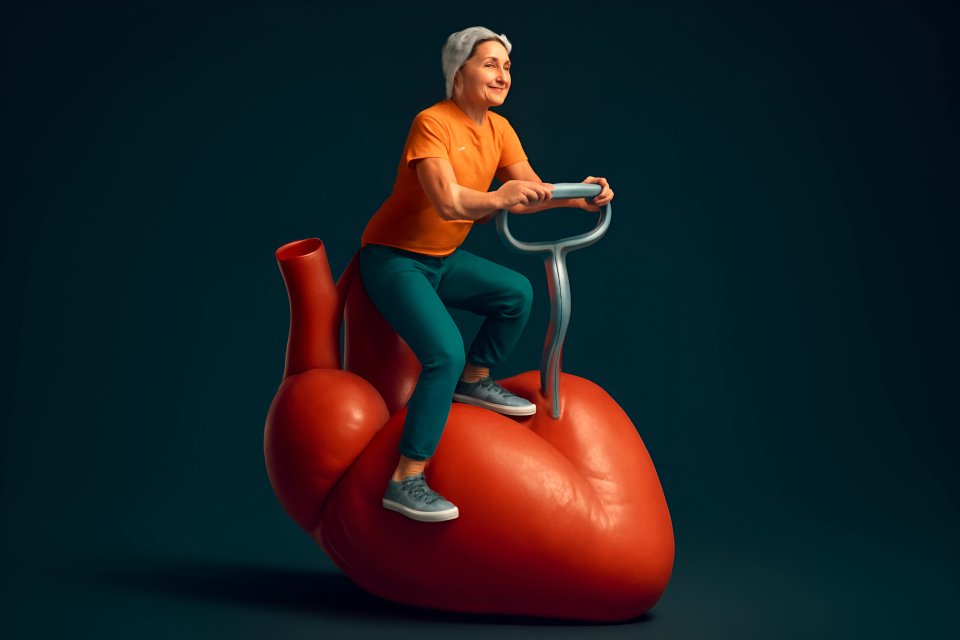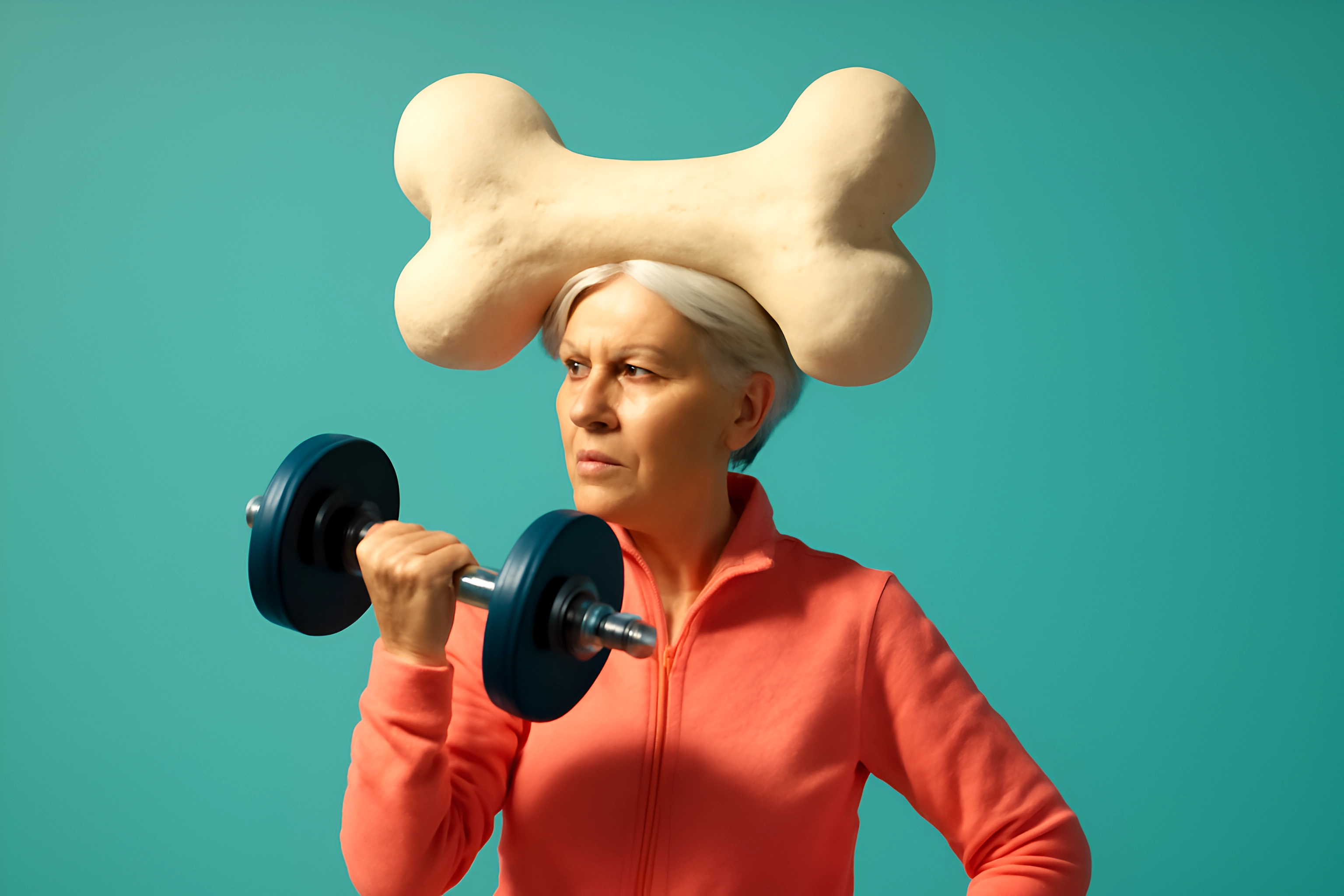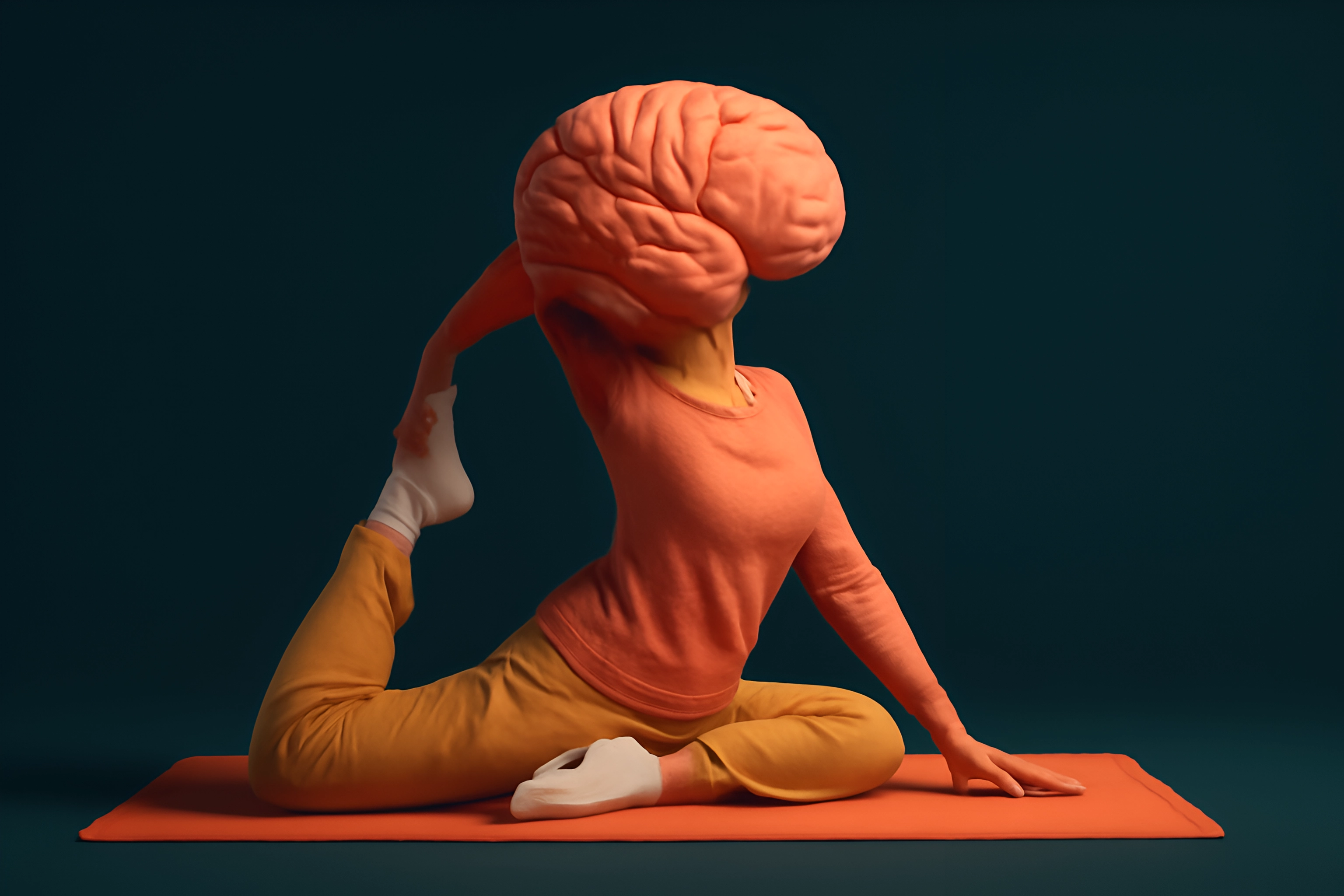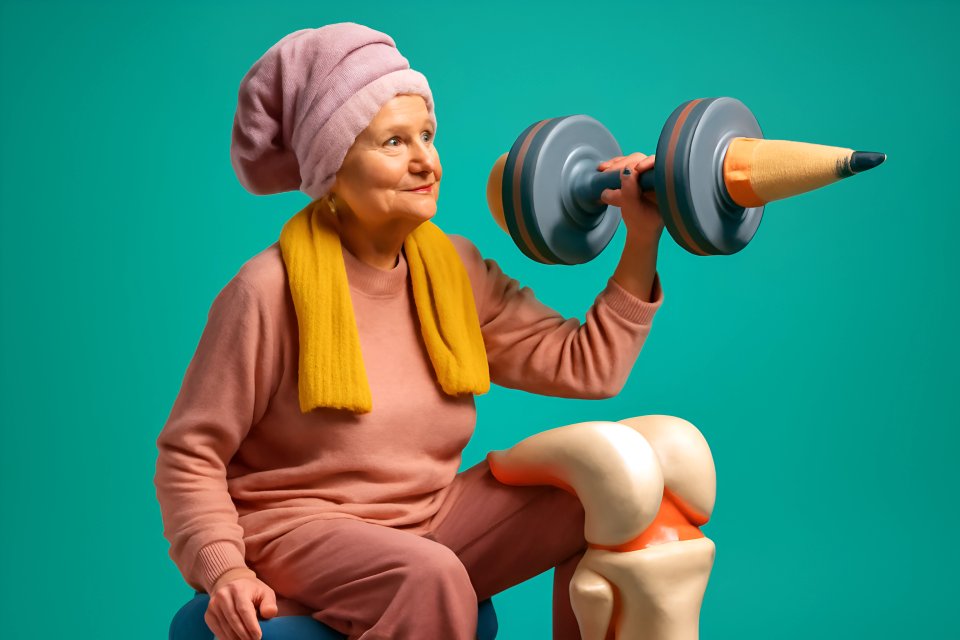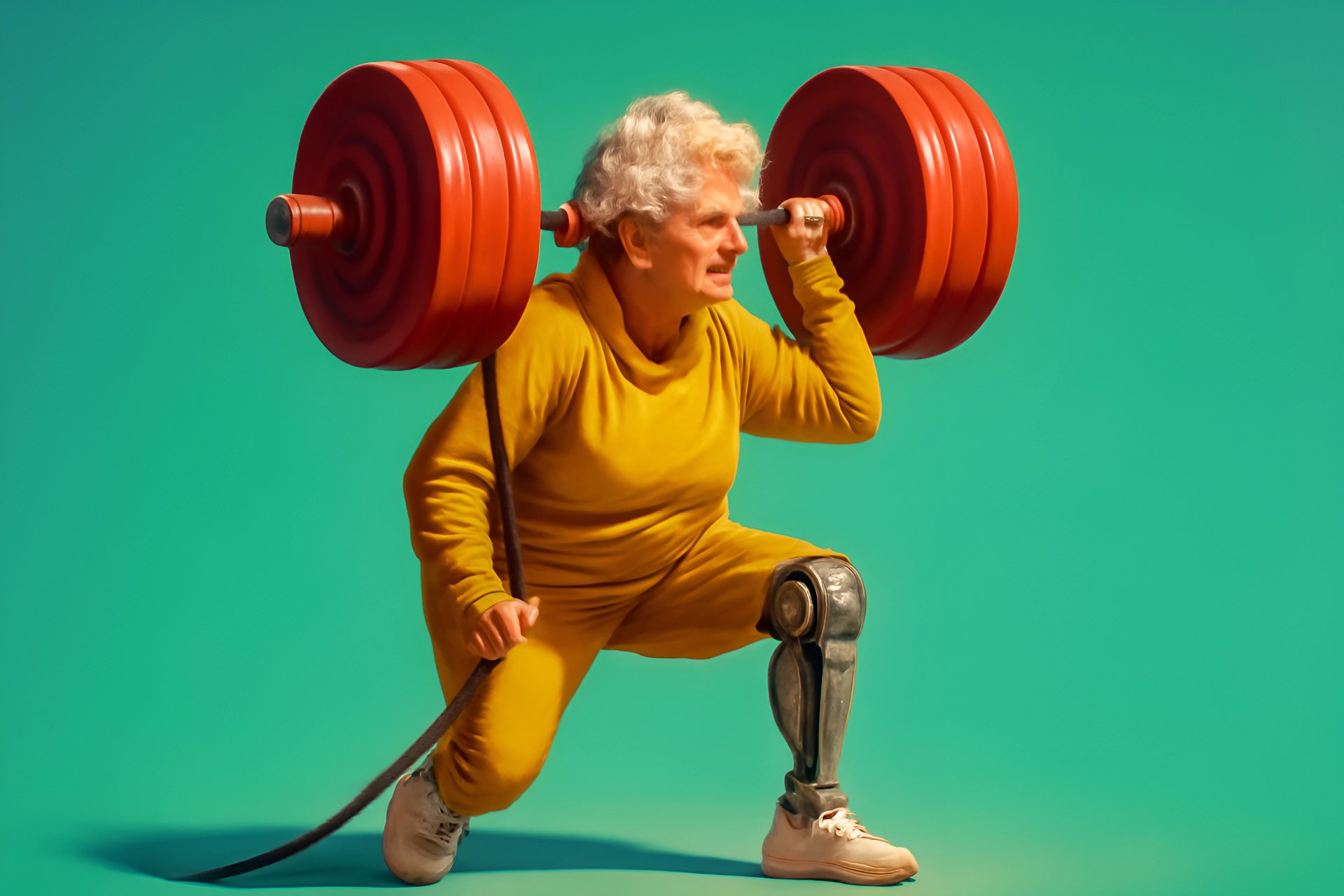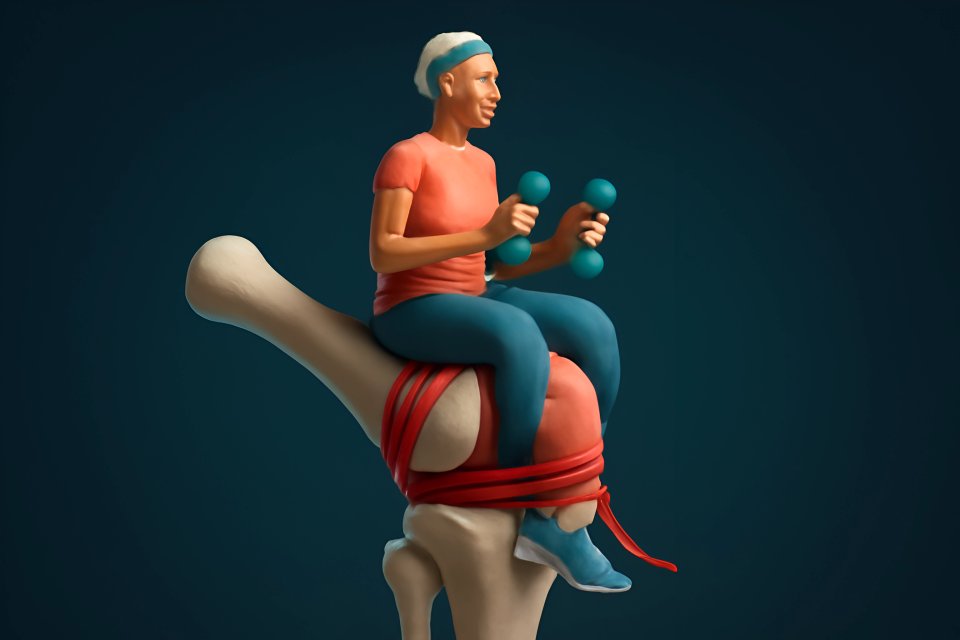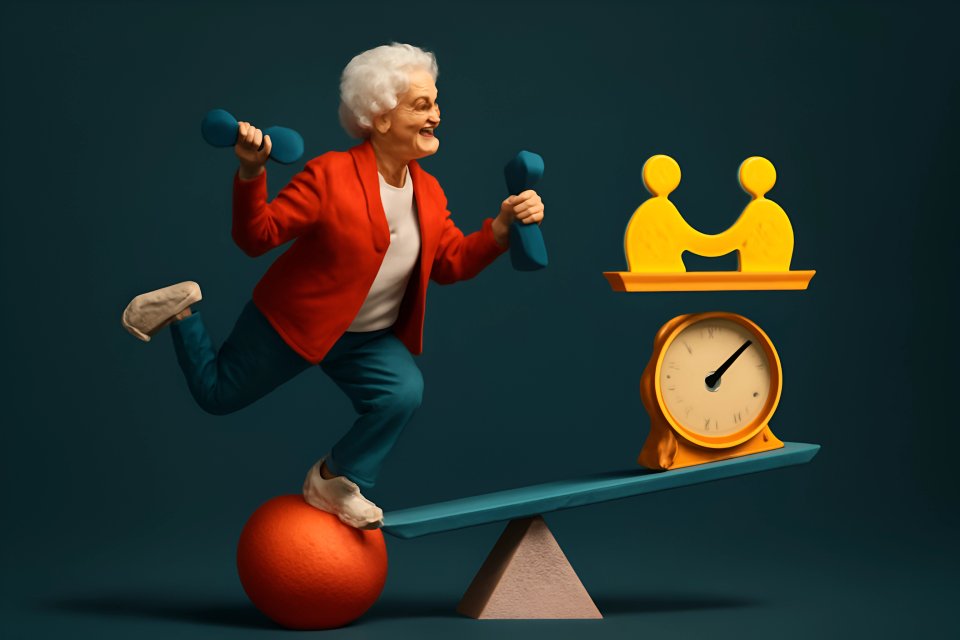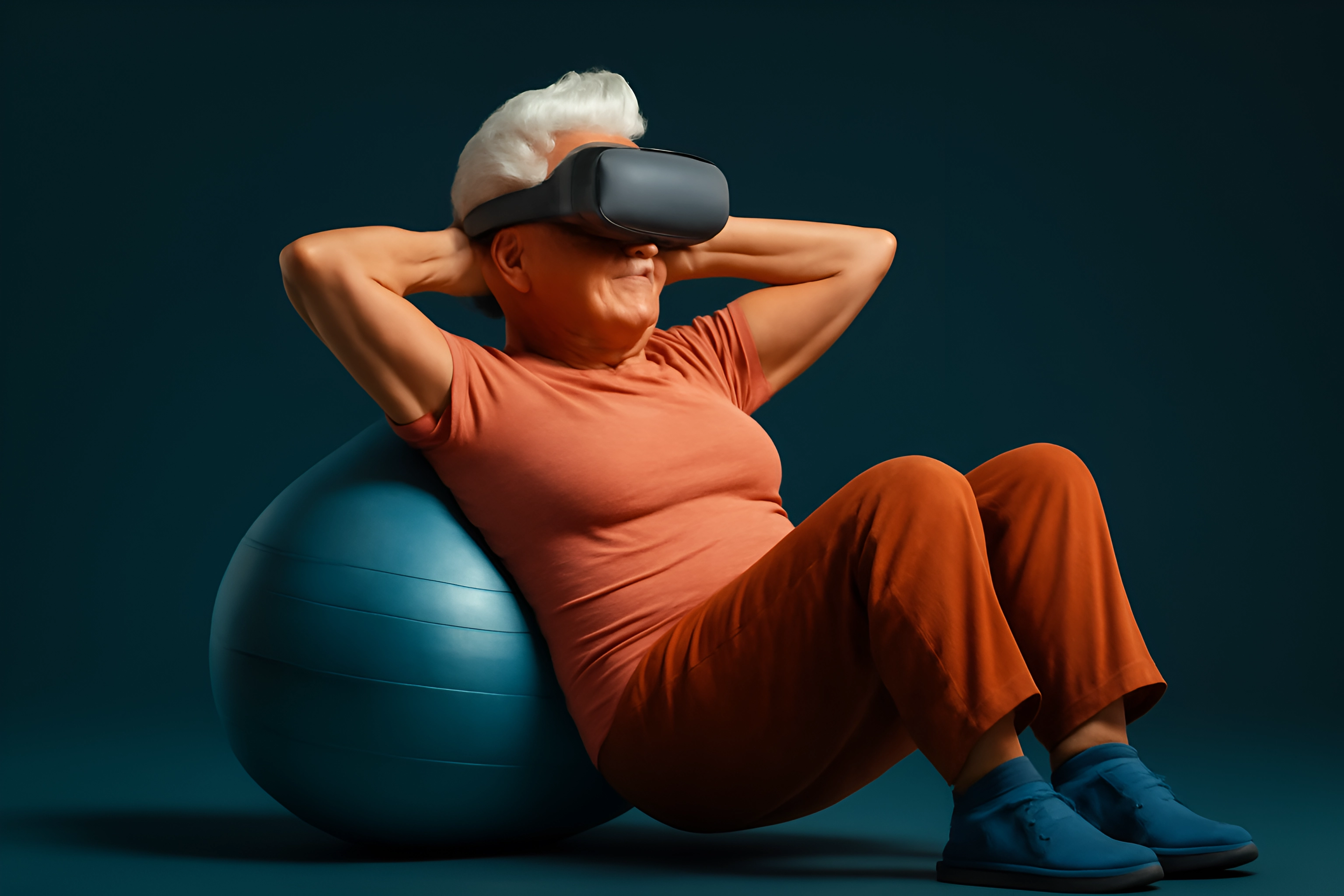
Ever felt that flicker of uncertainty when reaching for something on a high shelf? Or found yourself catching your balance just a little more often than you used to? The secret to staying steady on your feet, to moving through your day with unshakable confidence, might not be in your legs at all. It’s hidden in plain sight—right in your middle.
Your core is the unsung hero of your stability, the body's powerful anchor. It’s the central link in a chain connecting your upper and lower body, and keeping it strong is one of the most profound investments you can make in your long-term health and independence. This is especially true for core strengthening for over 50, where a stable center is your first line of defense against instability.
Forget the images of grueling crunches and six-pack abs. For us, core strength isn't about aesthetics; it's about function, freedom, and feeling secure in your own body. It’s about building a reliable foundation for a life filled with activity, joy, and movement. This guide will walk you through gentle, low-impact, and incredibly effective senior stability exercises that you can start today, right from the comfort of your home.
Why a Strong Core is Non-Negotiable After 50
Think of your core as having three distinct superpowers, each one dedicated to protecting your freedom and enhancing your quality of life. These aren't just minor perks; they are fundamental pillars of aging with grace and power. Understanding them is the first step to unlocking a steadier, more resilient you.
First and foremost, your core is a fall prevention powerhouse. When you stumble or lose your footing, it's your deep core muscles that fire instinctively to pull you back to center. A weak core is like having a slow, unreliable internal gyroscope, leaving you vulnerable. A strong, responsive core, however, acts as an immediate stabilizer, making automatic corrections that keep you upright and safe, a key component of any effective balance and core workout.
Next, your core is the ultimate back pain soother. Your spine isn't meant to bear the load of your upper body alone; it needs a muscular support system. Your core muscles wrap around your torso like a natural corset, holding your spine in proper alignment and absorbing the stress of daily movements. When these muscles are weak, your lower back is forced to overcompensate, leading to chronic aches, stiffness, and a greater risk of injury. A strong core is foundational for good posture, and combining these exercises with a dedicated home mobility routine for better posture alignment can be truly transformative.
Finally, a strong core is your everyday movement enhancer. Think about the simple act of getting out of a chair, carrying a bag of groceries, or bending down to tie your shoes. Every single one of these movements originates from your core. A powerful core makes these tasks feel effortless and safe, while a weak one turns them into a strain. By strengthening your center, you are directly investing in the energy and ability to continue doing the things you love, with ease and without fear.
Safety First: Your Gentle Strengthening Checklist
Before you jump into any new routine, the most important exercise is caution. Your body is your greatest asset, and honoring its signals is the key to sustainable progress. The goal here is to build strength, not to create strain, so approaching this journey with a mindset of safety first is paramount.
This isn't about pushing through pain or chasing a burn. It's about mindful, controlled movements that build deep, functional strength over time. According to physical therapists cited by Livestrong.com, focusing on back safety and core stability is crucial for this age group. If you're managing a chronic condition or recovering from an injury, it's even more important to proceed with care; our guide on gentle workout modifications for seniors recovering from injury can provide additional strategies.
Remember these simple but powerful rules to ensure your workout is both safe and effective. They are your personal checklist for success, turning your effort into lasting results without the risk of setbacks.
- Consult Your Doctor: This is non-negotiable. Always have a conversation with your healthcare professional before beginning a new fitness program to ensure it’s right for you.
- Listen to Your Body: The golden rule is "no pain, no pain." A feeling of muscle engagement is good; sharp, stabbing, or sudden pain is a signal to stop immediately.
- Focus on Form, Not Speed: Slow and controlled is the name of the game. Rushing through repetitions with poor form is ineffective and dangerous.
- Breathe Deeply: Never hold your breath. A steady, deep breathing pattern helps engage the deepest core muscles and keeps your blood pressure stable.
- Start Small: It is far better to perform 5 repetitions with perfect form than 15 with sloppy technique. You can always add more as you get stronger.
The 6 Best Low-Impact Core Exercises for Seniors
Now, let's get to the heart of it. Here are six of the most effective and safest low-impact core exercises for seniors. These movements were chosen because they require no special equipment, are gentle on the joints, and can be easily modified to match your current fitness level. They are your building blocks for a stronger, more stable future.
Each exercise is designed to target the key muscles responsible for balance and posture. As you move through them, focus on that mind-muscle connection. Truly feel the muscles in your abdomen, back, and hips working together to create smooth, controlled motion. This intentional focus is what transforms a simple movement into a powerful strengthening exercise.
Remember to start with the modifications if you're a beginner or have any concerns about your balance or mobility. As you build confidence and strength, you can progress to the standard version of the exercise. This is your journey, and it should unfold at your pace.
Seated Marches
Why It’s Great for Stability
This exercise activates the lower abdominal muscles and hip flexors from a safe, supported position, improving your ability to lift your legs without losing balance.
Step-by-Step Instructions
- Sit tall in a sturdy chair with your feet flat on the floor, back straight, and shoulders relaxed.
- Engage your core by gently pulling your belly button in toward your spine.
- Slowly lift your right knee toward your chest, as if marching in place, going only as high as is comfortable.
- Lower your right foot back to the floor with control, then repeat with your left knee.
Pro-Tip
Place your hands on your lower abdomen to feel the muscles contract as you lift each leg.
Modification
For extra support, hold onto the sides of the chair with both hands as you perform the marches. This is a fantastic starting point, similar to the gentle exercises shown in this simple seated core strengthening workout.
Bird-Dog
Why It’s Great for Stability
This classic exercise, also known as the quadruped, is praised by institutions like the Mayo Clinic for improving balance by challenging your core to stabilize against the movement of your opposite limbs.
Step-by-Step Instructions
- Start on your hands and knees on a soft surface, with your hands directly under your shoulders and your knees under your hips.
- Engage your core to keep your back flat—imagine you could balance a glass of water on it.
- Simultaneously extend your right arm straight forward and your left leg straight back.
- Hold for a moment, then slowly return to the starting position. Repeat on the other side.
Pro-Tip
Keep your gaze directed at the floor just in front of you to maintain a neutral spine.
Modification
Perform a "Chair Bird-Dog." Sit tall at the edge of a sturdy chair. Extend your right arm and left leg, then switch. This removes the pressure from your wrists and knees.
Glute Bridge
Why It’s Great for Stability
This move strengthens your entire posterior chain—your glutes, hamstrings, and lower back—which is the powerhouse for posture and walking stability.
Step-by-Step Instructions
- Lie on your back with your knees bent, feet flat on the floor about hip-width apart, and your arms resting by your sides.
- Engage your core and squeeze your glutes.
- Lift your hips off the floor until your body forms a straight line from your shoulders to your knees.
- Hold for a breath at the top, then slowly lower your hips back down.
Pro-Tip
Avoid arching your back at the top of the movement. The work should come from your glutes, not your spine.
Modification
Reduce the height of the lift. Even lifting your hips just a few inches off the floor is effective for activating the right muscles.
Wall Plank
Why It’s Great for Stability
The wall plank is a fantastic, joint-friendly way to build isometric strength in your entire core without the strain of a traditional floor plank.
Step-by-Step Instructions
- Stand facing a wall, about arm's length away.
- Place your palms flat on the wall at shoulder height and width.
- Engage your core and step your feet back until your body is in a straight, diagonal line.
- Hold this position, pressing into the wall and keeping your core tight. Aim for 20-30 seconds.
Pro-Tip
Imagine you are trying to push the wall away from you to fully engage your chest and shoulder muscles.
Modification
Stand closer to the wall. The closer you are, the less body weight you are supporting, making the exercise less intense.
Seated Torso Twists
Why It’s Great for Stability
This exercise targets your obliques (the muscles on the sides of your core), which are critical for rotational stability when you turn or reach.
Step-by-Step Instructions
- Sit tall in a chair with your feet firmly on the floor and your back away from the chair back.
- Cross your arms over your chest or place your hands behind your head.
- Keeping your hips still, slowly twist your upper body to the right as far as is comfortable.
- Pause, then slowly return to the center and twist to the left.
Pro-Tip
Initiate the twist from your core, not by swinging your arms or shoulders.
Modification
Perform the movement more slowly and with a smaller range of motion. Even a slight twist is effective for engaging the obliques. Many core exercises for seniors can be done from a chair, making them accessible to everyone.
Dead Bug
Why It’s Great for Stability
This exercise is excellent for teaching your deep core muscles to stabilize your pelvis and spine while your limbs are in motion, directly translating to better balance while walking.
Step-by-Step Instructions
- Lie on your back with your knees bent and your feet flat on the floor.
- Lift your legs so your shins are parallel to the floor (tabletop position) and extend your arms toward the ceiling.
- Engage your core, pressing your lower back gently into the floor.
- Slowly lower your right arm and left leg toward the floor, going only as low as you can without your back arching.
- Return to the start and repeat with the opposite arm and leg.
Pro-Tip
Imagine a cord connecting your belly button to the floor, and don't let that cord slacken.
Modification
Keep your knees bent and simply tap one heel to the floor at a time, leaving your arms stationary. This reduces the challenge while still engaging the deep core.
Creating Your Weekly Core Stability Routine
Knowing the exercises is one thing; putting them into a consistent practice is where the real magic happens. A scattered approach yields scattered results. A structured, simple routine is your path to building real, lasting strength and stability.
Your goal should be consistency, not intensity. It's far more beneficial to do a short, 10-minute routine three times a week than to do a grueling 45-minute session once and then feel too sore to move. By integrating these gentle strengthening exercises into a predictable schedule, you are teaching your body to be stronger and more resilient. For a deeper dive into structuring your week, our guide on how to build a low-impact exercise routine over 50 is the perfect next step.
Here is a simple framework to get you started. Think of it as your personal blueprint for a stronger core.
Frequency: Aim for 2-3 non-consecutive days per week (e.g., Monday, Wednesday, Friday).
Structure:
- Warm-up (3-5 minutes): Start with gentle movements to get your blood flowing.
- Marching in place
- Arm circles (forward and backward)
- Gentle torso twists while standing
- The Workout (10-15 minutes): Choose 3-4 exercises from the list above.
- Sets: Start with 1-2 sets of each exercise.
- Reps: Aim for 8-12 repetitions per side.
- Rest: Take 30-60 seconds of rest between sets.
- Cool-down (3-5 minutes): Finish with gentle stretches to relax your muscles.
- Seated Cat-Cow
- Gentle hamstring stretch
- Full-body reach
Conclusion: Your First Step to a Steadier, Stronger You
Building a strong, stable core is not just another item on your fitness to-do list. It is a profound, proactive step toward safeguarding your independence, boosting your confidence, and ensuring you can continue to live a full, active, and joyful life for years to come. It’s about giving yourself the gift of security with every step you take.
Every small, consistent effort you make is a direct investment in your future self—a self that is steady, strong, and capable. It is never too late to build a stronger foundation from the inside out. You have the tools, you have the knowledge, and you absolutely have the power to make a change. You’ve got this!







